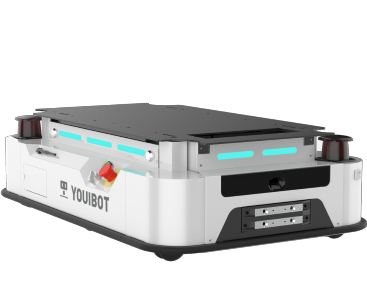As a researcher in the field of robotics, I have been closely studying the advancements made by robot manufacturers. The rapid growth of this industry has sparked my interest in evaluating pricing strategies employed by these companies.
Pricing Strategies Adopted by Robot Manufacturers
Robot manufacturers employ various pricing strategies to ensure competitiveness and profitability. Some companies adopt a cost-based approach, setting prices based on production costs and desired profit margins. Others use a market-based strategy, analyzing customer demand and competitor prices to determine their own pricing levels.
In addition, some robot manufacturers utilize value-based pricing, where they set prices based on the perceived value that customers derive from their products. This approach takes into account factors such as product features, quality, and brand reputation.
The Role of Movable Robots in Pricing Evaluation

movable robots play a significant role in evaluating pricing for robot manufacturers. These robots are designed with advanced mobility capabilities that allow them to perform complex tasks efficiently. As such, they often come with higher price tags due to the additional technology required for their movement systems.
However, it is crucial for robot manufacturers to strike a balance between affordability and functionality when determining the price of movable robots. They must consider market demand and competition while ensuring that customers perceive sufficient value in relation to the price being charged.
Youibot: A Case Study
An interesting case study within the realm of robot manufacturing is Youibot – a leading company specializing in autonomous mobile robots (AMRs). Youibot offers an extensive range of AMR solutions tailored for various industries such as logistics, warehousing, and healthcare.
Youibot’s pricing strategy revolves around providing flexible options for customers through different purchasing models like outright purchase or leasing. This approach allows businesses to choose the most suitable pricing structure based on their specific needs and budget constraints.
Furthermore, Youibot emphasizes the value proposition of its AMRs by highlighting features such as high precision navigation, obstacle avoidance, and seamless integration with existing systems. By focusing on delivering exceptional performance and efficiency, Youibot justifies its pricing levels in the market.
Conclusion
In conclusion, evaluating pricing strategies employed by robot manufacturers is crucial for both industry players and consumers. Companies must carefully consider factors such as production costs, customer demand, competitor prices, perceived value, and functionality when determining their pricing levels. The case study of Youibot demonstrates how a company can successfully position itself in the market through flexible purchasing models and emphasizing product features that justify higher price points. As this industry continues to evolve rapidly, it will be interesting to observe how robot manufacturers adapt their pricing strategies to meet changing market dynamics.

